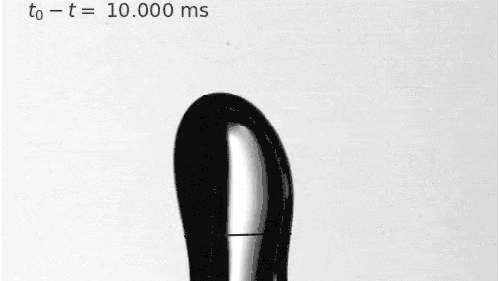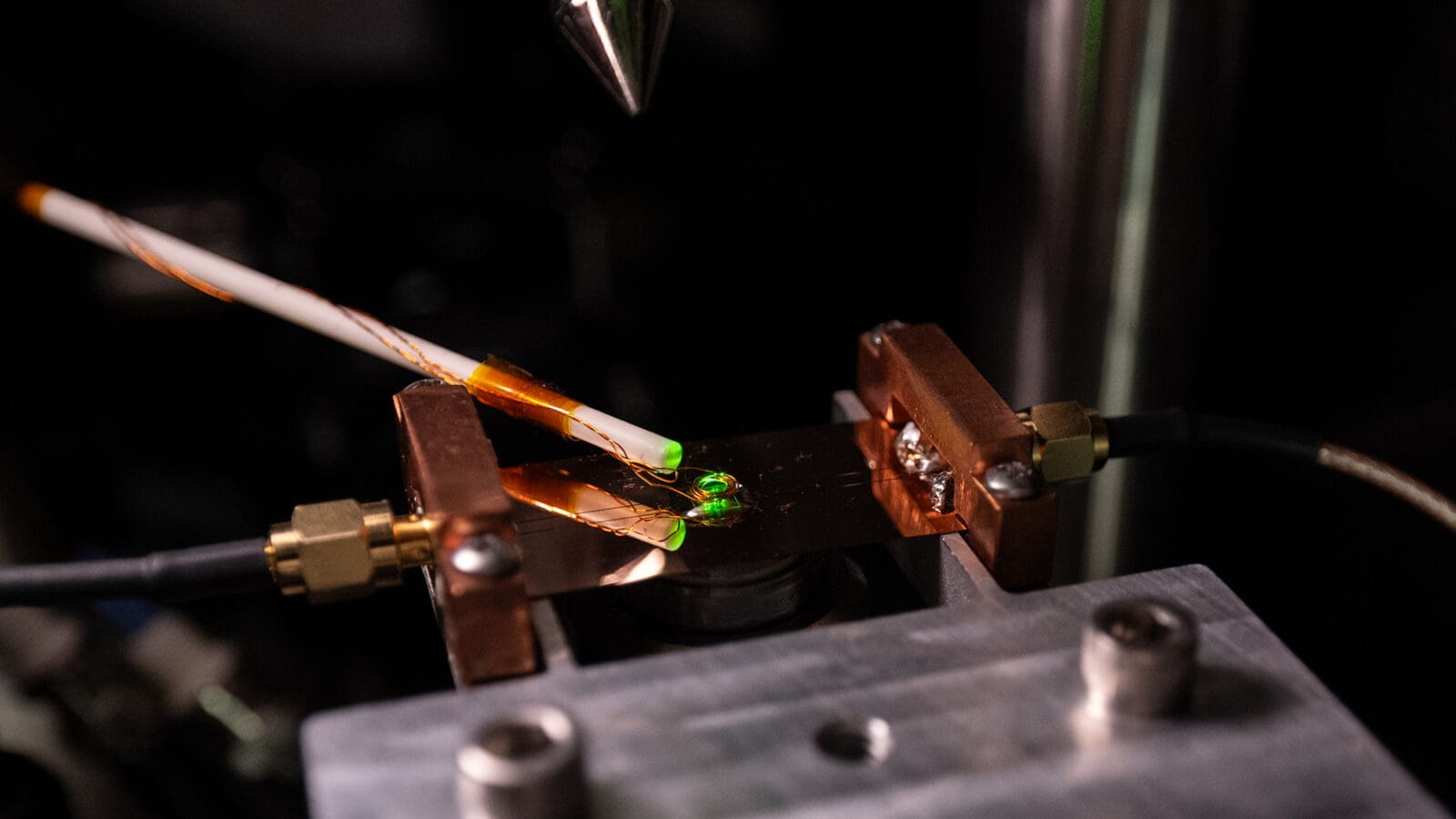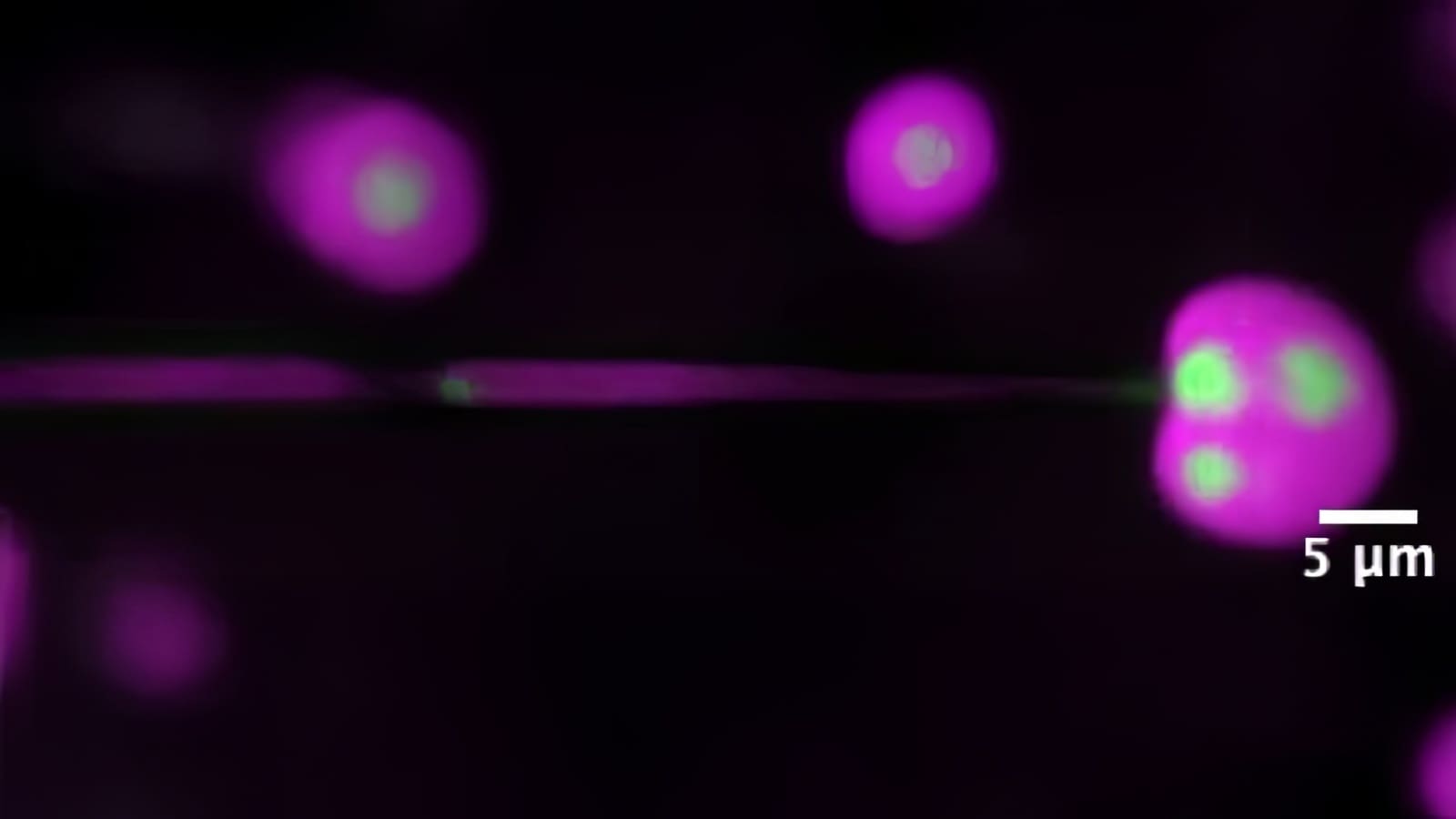
Research reveals a singular moment: when a bubble breaks free
By
on

Using an array of high-speed cameras, researchers showed that the surrounding turbulence effectively freezes during the process, but deformations in the bubble induced by the turbulence alter the time the bubble breaks apart. This breakpoint is known to mathematicians as a singularity – a point beyond which a model that had described a system is no longer valid.
“The singularity is the moment at which the bubble breaks,” said lead researcher Luc Deike, an assistant professor of mechanical and aerospace engineering and the Princeton Environmental Institute. “The moment it breaks, you have to change the way you describe it mathematically.”
The mathematics underlying the pinching from one bubble into multiple bubbles has been described for many years, but typically in idealized systems such as perfectly smooth, rounded bubbles. In their December 2 article in the Proceedings of the National Academy of Sciences, Deike and his co-researchers accounted for the turbulent, chaotic flow of fluids that accompanies the formation of bubbles and presented an approach to model realistic bubble break-up.
Besides Deike, the paper’s authors included: Daniel Ruth, the lead author and a graduate student in mechanical and aerospace engineering; Wouter Mostert, a postdoctoral researcher in mechanical and aerospace engineering; and Stéphane Perrard, a former postdoctoral researcher at Princeton who is now at Ecole Normale Supérieure in Paris.
The research was supported in part by the National Science Foundation and the American Chemical Society Petroleum Research Fund.







